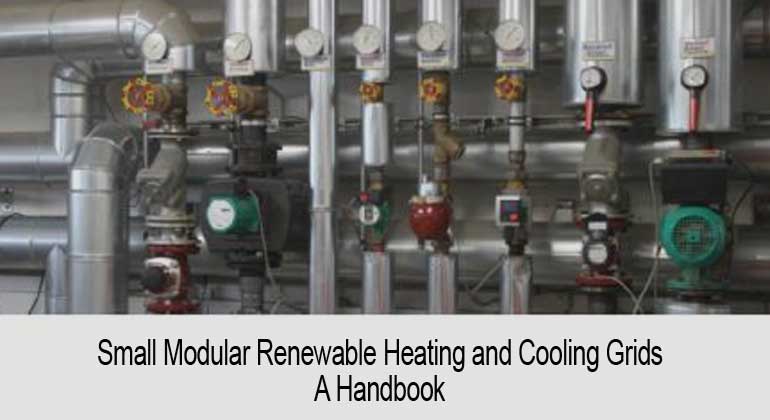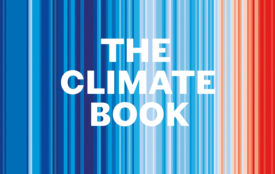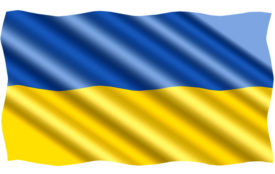Small Modular Renewable Heating and Cooling Grids for South-Eastern Europe
The heating and cooling demand in Europe accounts for around half of the EU’s final energy consumption. Renewable energy policies often mainly focus on the electricity market, whereas policies for renewable heating and cooling are usually much weaker and less discussed in the overall energy debate.
Therefore, it is important to support and promote renewable heating and cooling concepts, the core aim of the CoolHeating project. The objective of the CoolHeating project, funded by the EU’s Horizon2020 programme, is to support the implementation of “small modular renewable heating and cooling grids” for communities in South-Eastern Europe.
This is achieved through knowledge transfer and mutual activities of partners in countries where renewable district heating and cooling examples exist (Austria, Denmark, Germany) and in countries which have less development in this sector (English, Bosnian, Croatian, Macedonian, Serbian, Slovenian).
Core activities, besides techno-economical assessments, include measures to stimulate the interest of communities and citizens to set-up renewable district heating systems as well as the capacity building on financing and business models. The outcome is the initiation of new small renewable district heating and cooling grids in five target communities up to the investment stage. These lighthouse projects will have a long-term impact on the development of “small modular renewable heating and cooling grids” at the national levels in the target countries.
An important instrument of the CoolHeating project is a handbook which was elaborated by the project partners: “Small Modular Renewable Heating and Cooling Grids – A Handbook”. Although various information materials on technologies for small modular renewable heating and cooling systems exist, there was a need to create this up-to-date handbook that is accessible for free (Download here) in various languages (English, Bosnian, Croatian, Macedonian, Serbian, Slovenian, and soon also in German). In many of the CoolHeating target countries, there is lack of such information in national language.
The handbook provides an overview of both, technical and non-technical aspects. The main characteristics of different heat sources from solar, biomass, geothermal and excess heat are described and the opportunities of their combination in small modular RE district heating and cooling system are presented. Seasonal and diurnal storage systems are included, as well as the use of heat pumps. Specific aspects of heating and cooling in smaller grids are shown.
- “Handbook published on Small Modular Renewable Heating and Cooling Grids for South – Eastern Europe”
- More information is available at: www.coolheating.eu








